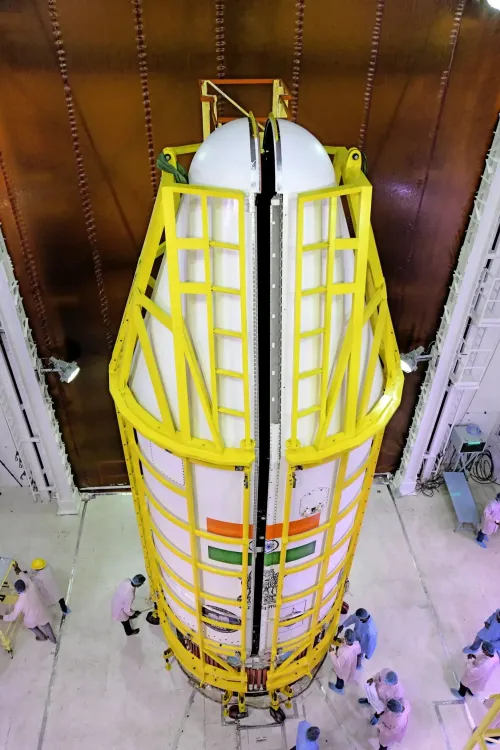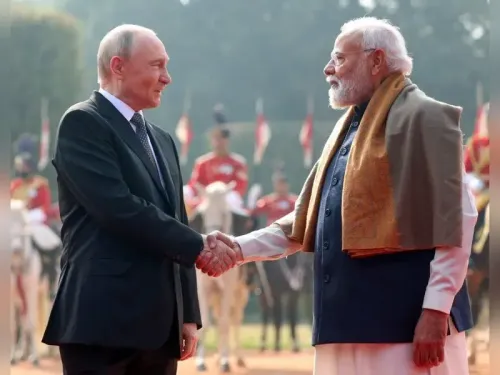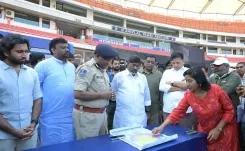Discover Everything About ISRO's Upcoming SpaDEX Mission Launching on Monday

New Delhi, Dec 30 (NationPress) The Indian Space Research Organisation (ISRO) is gearing up for the launch of the SpaDeX mission, which aims to accomplish a significant space docking achievement on Monday, as announced by the space agency.
The Space Docking Experiment (SpaDeX) mission is scheduled to take off aboard the PSLV-C60 rocket at 10:00:15 PM from Sriharikota on December 30.
This mission seeks to dock two satellites in space, a feat that has only been successfully executed by the US, Russia, and China until now.
“Launch Day is Here!” ISRO declared in a post on the social media platform X.
“Tonight at exactly 10:00:15 PM, the PSLV-C60 with SpaDeX and its innovative payloads are set for liftoff.
SpaDeX (Space Docking Experiment) is a groundbreaking mission aimed at establishing India's capabilities in orbital docking, a crucial technology for upcoming human spaceflight and satellite servicing endeavors,” ISRO stated.
The PSLV will launch two small spacecraft—SDX01, the Chaser, and SDX02, the Target—each weighing approximately 220 kg. These satellites will connect for docking in a low-Earth circular orbit.
The indigenous technology employed for this mission is referred to as the Bharatiya Docking System. It features a docking mechanism, a set of four rendezvous and docking sensors, power transfer technology, an indigenous novel autonomous rendezvous and docking strategy, and an inter-satellite communication link (ISL) that facilitates autonomous communication between the spacecraft, equipped with built-in intelligence to monitor the status of the other spacecraft, among various other features.
Mastering space docking technology may not only elevate India into the exclusive group of spacefaring nations but is also vital for India's future space missions, including the Moon mission, the establishment of the Indian space station, and lunar initiatives like Chandrayaan-4, without reliance on GNSS from Earth.
As per ISRO, it will also showcase the transfer of electric power between the docked spacecraft, which is essential for future applications such as in-space robotics, composite spacecraft control, and payload operations after undocking.










